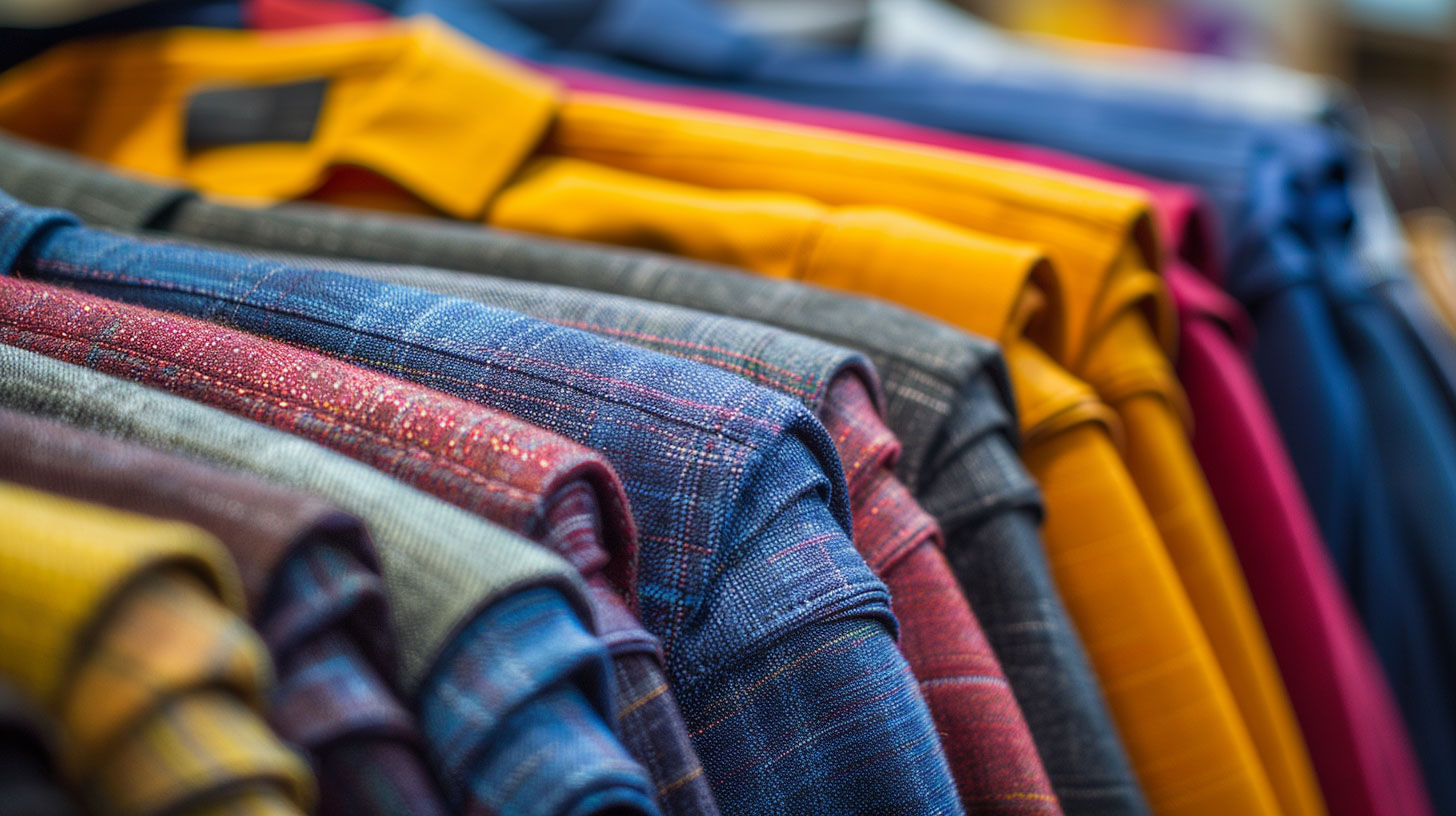In an age defined by rapid technological advancements, the evolution of fabric is not just keeping pace—it’s setting a new standard. From high-performance athletic wear to everyday clothing embedded with sensors, smart fabrics are revolutionizing the textile industry. These next-gen materials promise to enhance our comfort and style and integrate seamlessly into our tech-driven lives. But what exactly are bright fabrics, and how are they poised to change our fashion landscape?
What Are Smart Fabrics?
Innovative fabrics, also known as e-textiles, are materials designed to interact with the user and the environment in ways traditional fabrics cannot. These fabrics can respond to temperature, humidity, light, and electrical signals. They can be divided into two main categories: passive and active. Passive bright fabrics collect data, such as monitoring heart rate or body temperature, while active, bright fabrics can react in real time, adjusting to changes or sending feedback.
Types of Smart Fabrics
- Sensor-Based Smart Fabrics: These fabrics contain embedded sensors that monitor various physiological parameters.
- Interactive Fabrics: Interactive fabrics can change color, form, or temperature based on external conditions or user interaction.
- Energy-Harvesting Fabrics: These materials can generate and store energy from body movements or sunlight, potentially powering small electronic devices.
Historical Context and Evolution
The concept of integrating technology into textiles isn’t new. For decades, researchers have been exploring ways to make clothing more functional. Early attempts included the development of thermochromic and photochromic fabrics, which change color in response to temperature and light, respectively. However, these were more novelties rather than practical applications.
Significant strides have since been made in materials science, electronics, and nanotechnology, allowing for the creation of truly smart fabrics. Initial breakthroughs in conductive fibers and threads laid the foundation for more complex innovations, enabling a new era of wearable technology.
The Benefits of Smart Fabrics
Enhanced Performance for Athletes
One of the first sectors to adopt bright fabrics was sports. High-performance athletic wear often demands superior moisture-wicking, temperature regulation, and optimized aerodynamics. Bright fabrics can provide all these features and more. For instance, innovative sportswear can monitor heart rate, muscle activity, and even hydration levels, offering athletes real-time data to optimize their performance.
Health and Wellness Applications
The medical field stands to gain considerably from the integration of intelligent fabrics. Imagine a shirt that can monitor vital signs such as heart rate, blood pressure, and respiratory rate, alerting healthcare providers to any anomalies in real-time. For patients with chronic conditions, this continuous monitoring can be life-saving. Additionally, smart fabrics can be used to track the progress of physical rehabilitation, providing valuable feedback to patients and therapists.
Convenience and Lifestyle
The everyday applications of smart fabrics are equally compelling. Self-cleaning fabrics, for example, employ nanotechnology to break down stains and odors, reducing the need for frequent washing. Temperature-regulating fabrics adapt to your body heat, keeping you comfortable regardless of the weather. Additionally, energy-harvesting fabrics can charge your devices on the go, adding unprecedented convenience to daily life.
The Challenges Ahead
Despite their promising benefits, smart fabrics face several hurdles. One of the significant challenges is durability. Traditional fabrics undergo a lot of wear and tear, and adding electronic components can impact their longevity. Ensuring that these fabrics are both durable and washable is a complex task that researchers are still working to perfect.
Ethical and Privacy Concerns
As with any technology that collects personal data, smart fabrics raise ethical and privacy concerns. Who owns the data collected by these fabrics? How is it stored and protected? These are questions that manufacturers, lawmakers, and consumers will need to address to ensure that the technology is used responsibly.
Cost and Accessibility
Another concern is the cost of production. Currently, smart fabrics are more expensive to produce than traditional textiles, making them less accessible to the average consumer. However, as technology advances and production methods improve, the cost is expected to decrease, making smart fabrics a viable option for a broader audience.
The Future of Smart Fabrics
The future of smart fabrics looks incredibly promising, with researchers continually pushing the boundaries of what these materials can do. Integrating artificial intelligence and machine learning could take smart fabrics to new heights, offering even more personalized and adaptive experiences.
Potential Innovations
- Emotion-sensing clothes are fabrics that can detect and respond to the wearer’s emotional state, providing comfort or alerts as necessary.
- Advanced Medical Applications: Smart bandages that monitor and promote healing, reducing the need for frequent doctor visits.
- Adaptive Fashion: Clothing that can change its style or functionality based on the environment or user preference, providing a dynamic, versatile wardrobe


